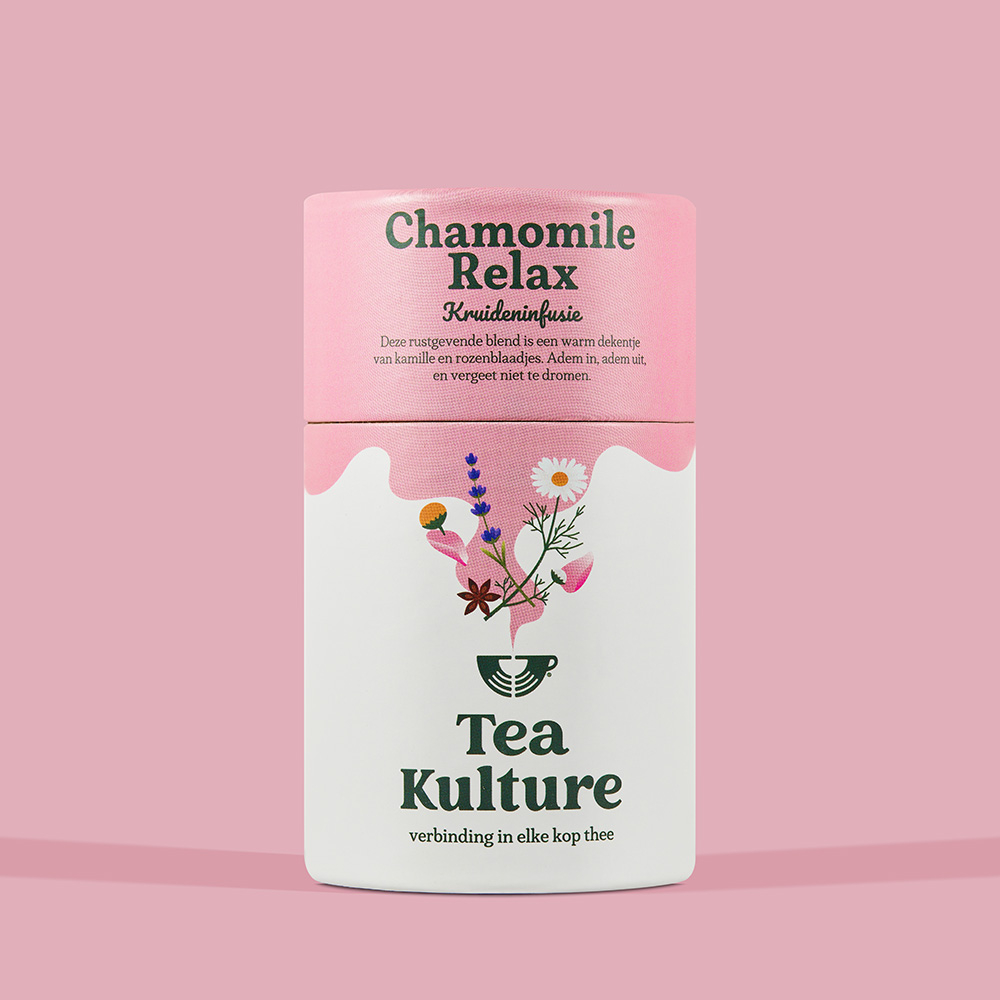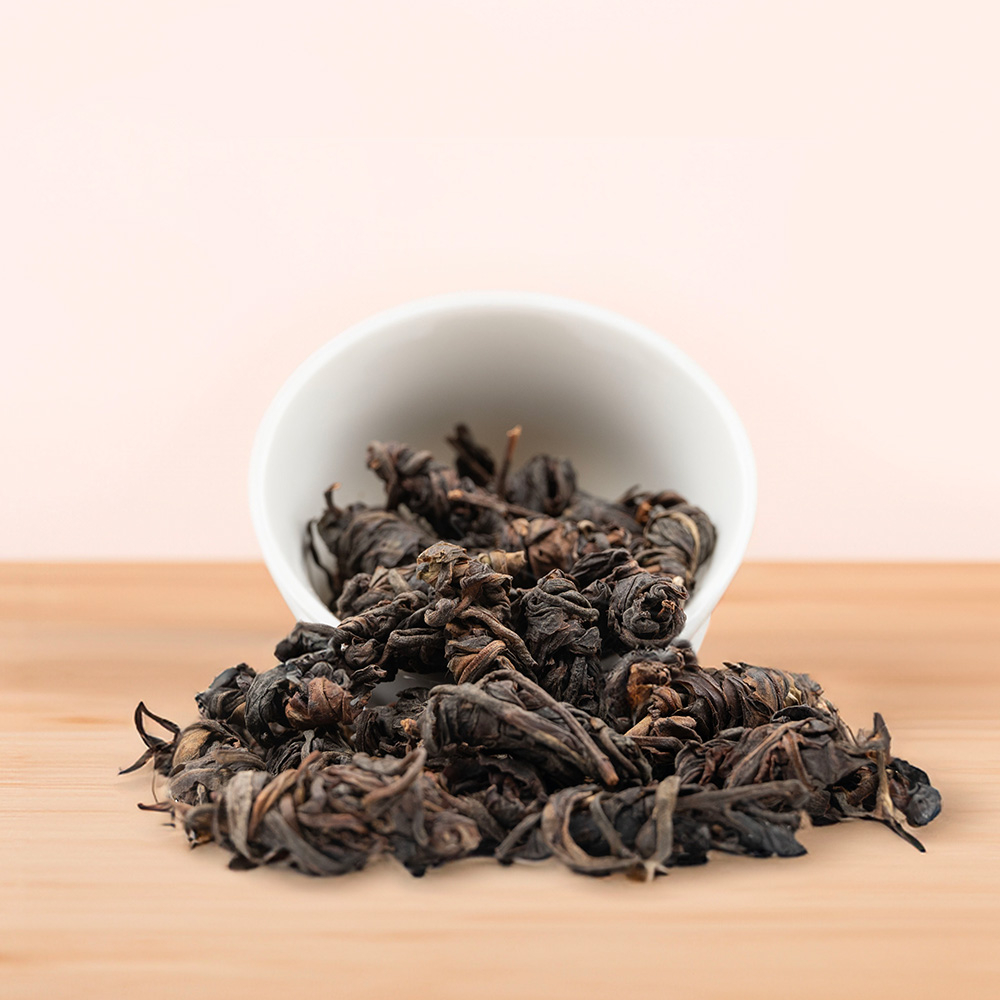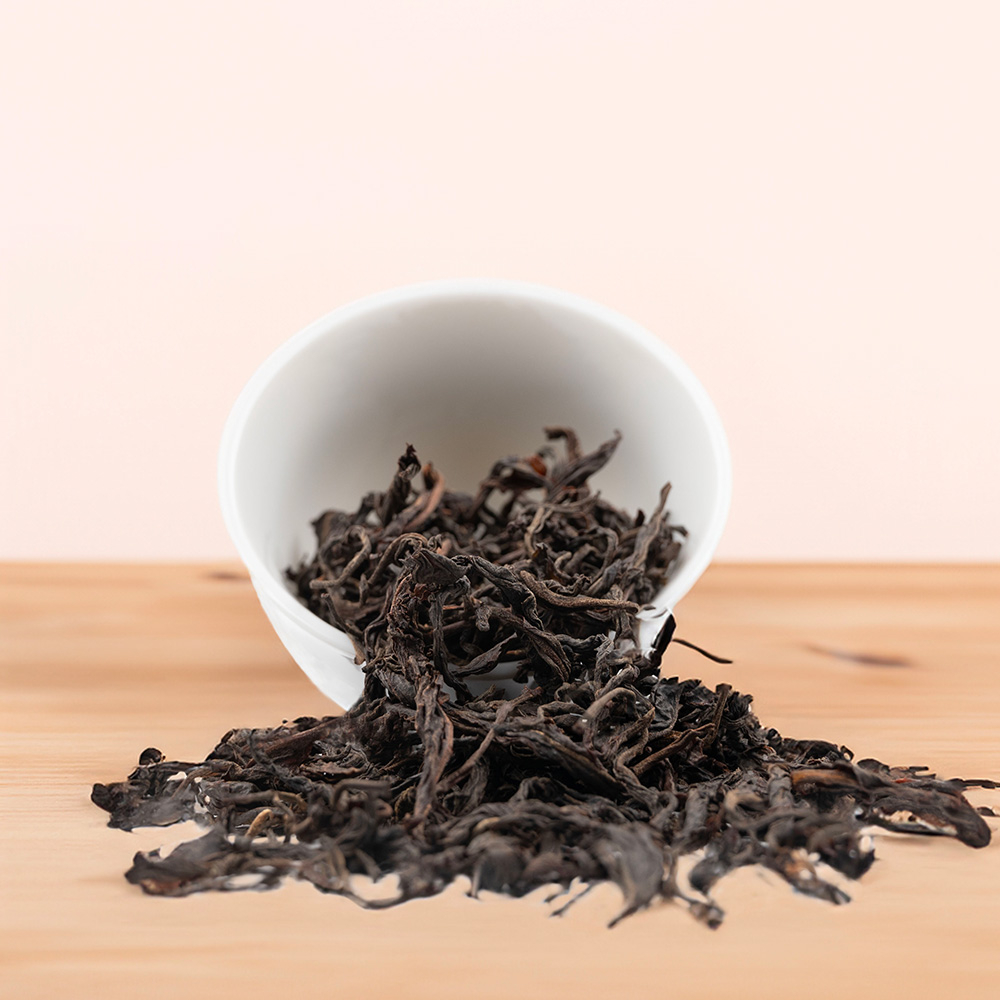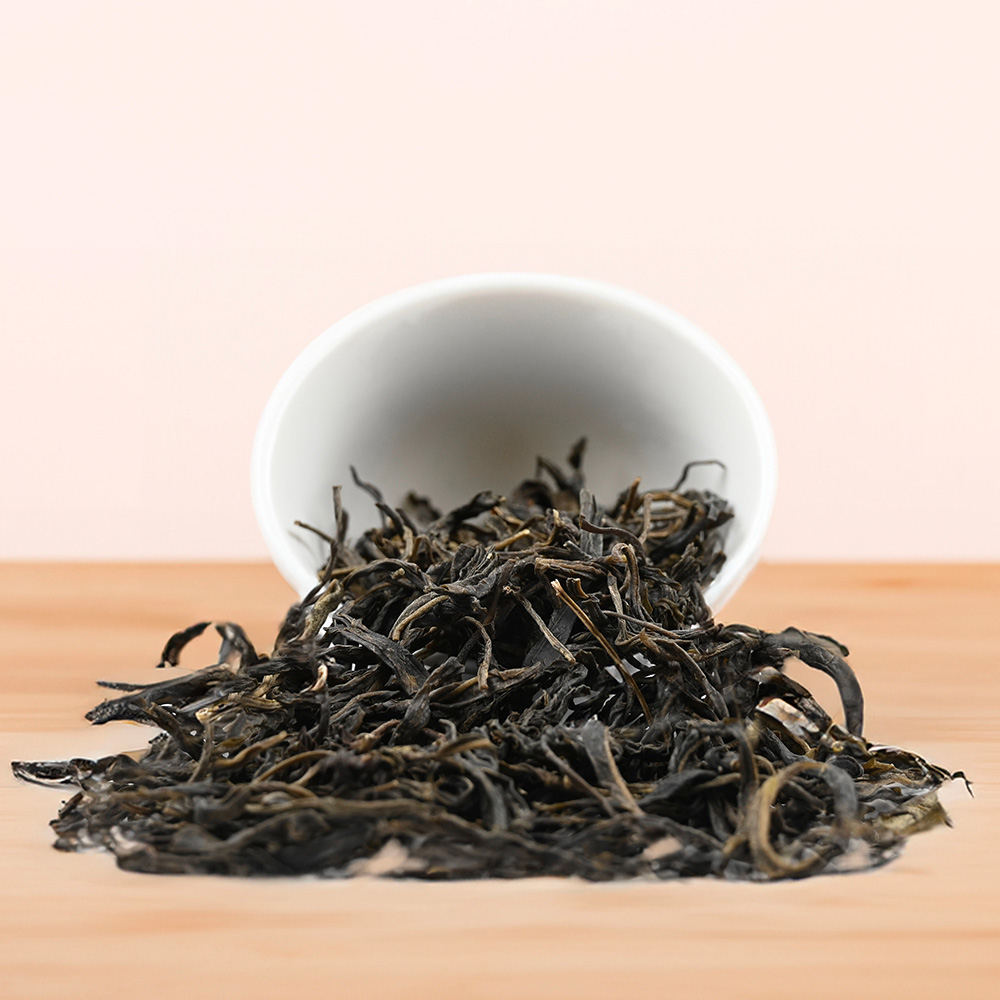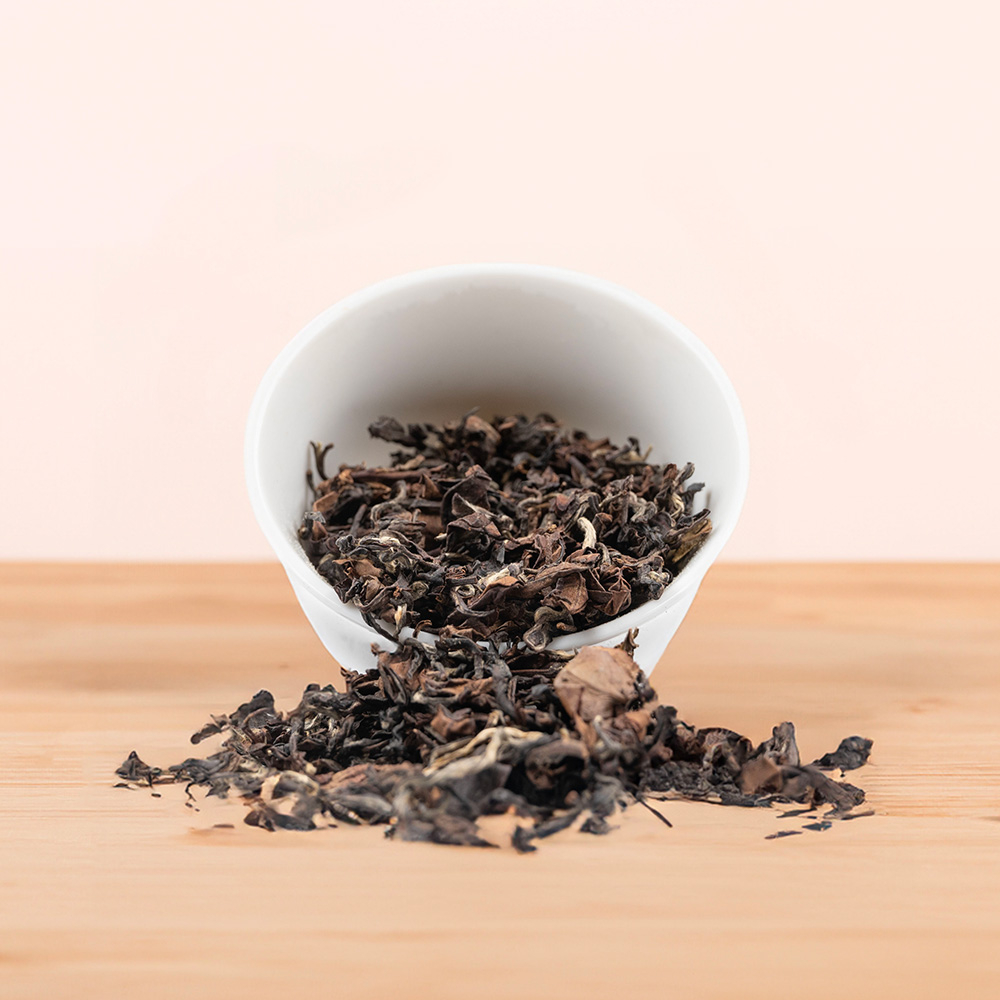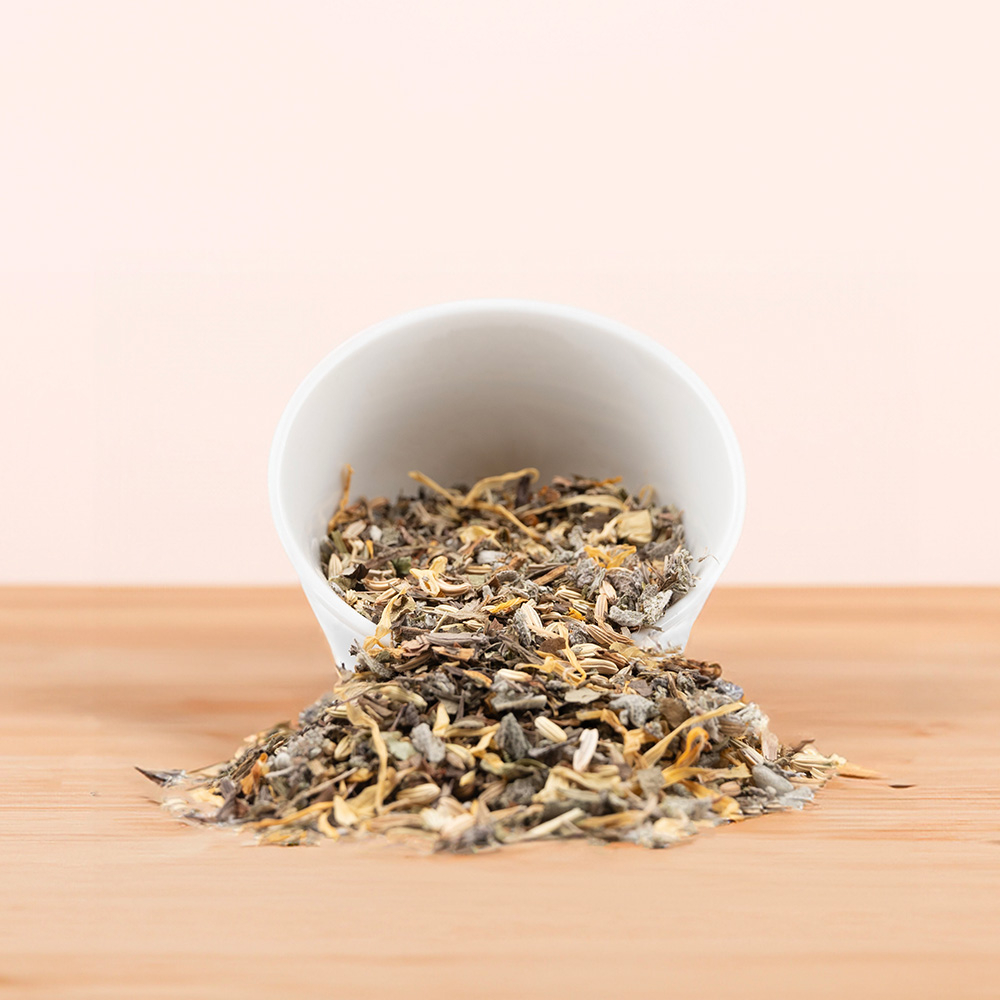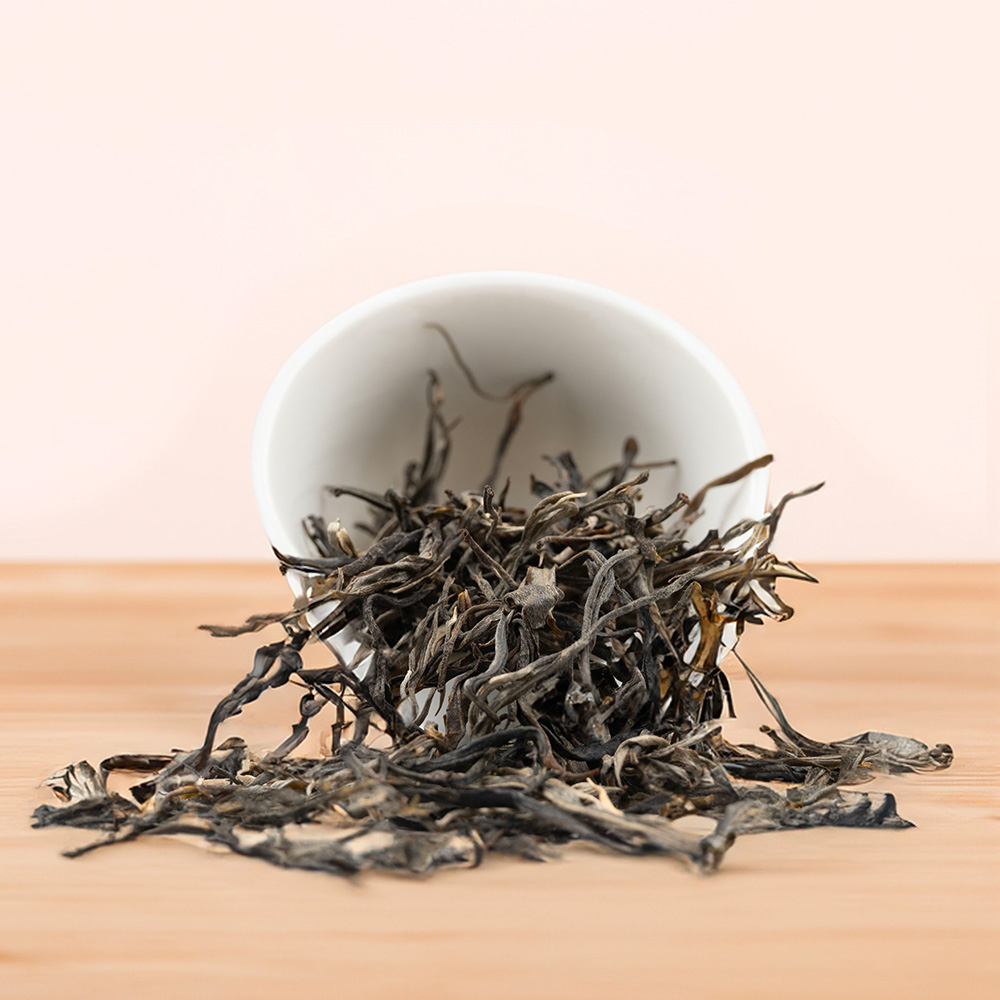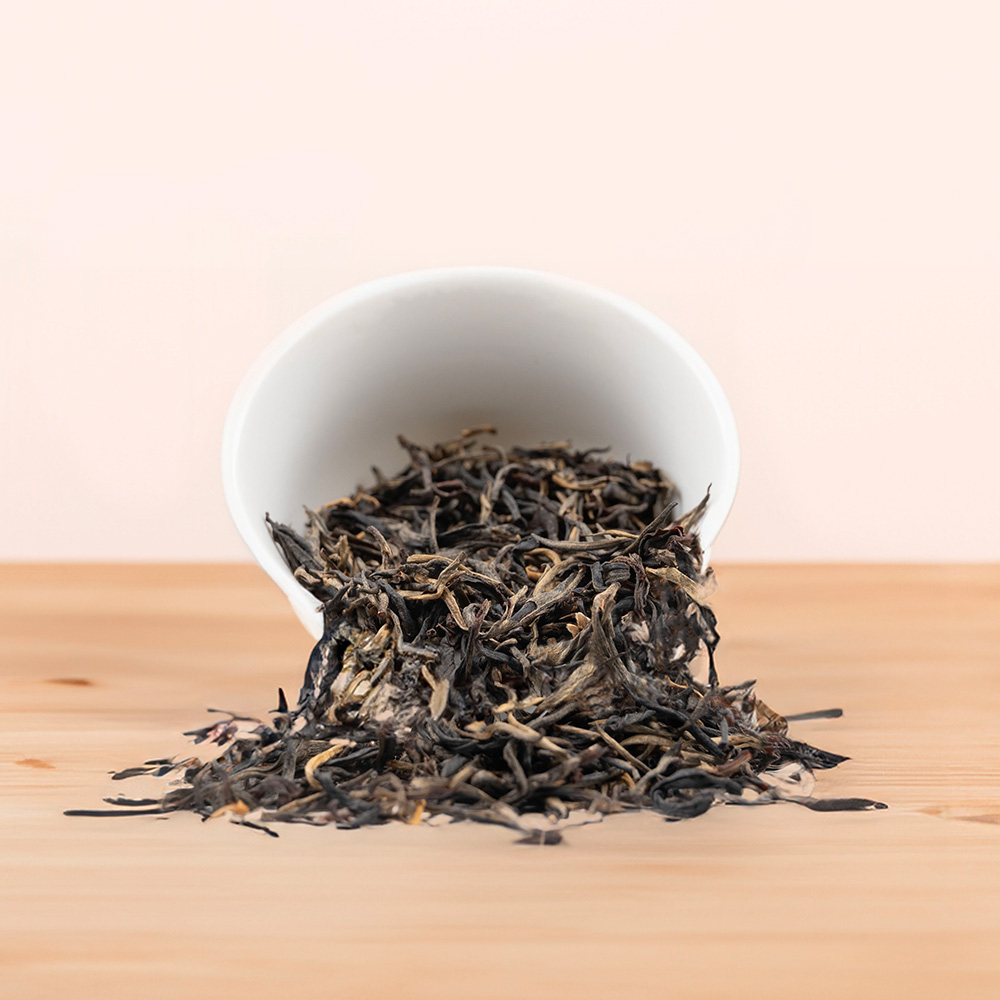Shop - Herbal infusions - Chamomile Ginger
More About Chamomile Ginger
Chamomile Ginger, sourced from the Himalayan foothills of Nepal, combines the spicy warmth of ginger with the soothing floral notes of chamomile.
This aromatic Chamomile Ginger blend not only delights the senses with its golden hue and robust flavour but also offers health benefits, including stress relief, improved digestion, and better sleep.
Characteristics
| Tea Class: | Herbal infusions |
|---|---|
| Producer: | Kanchanjangha Tea Estate |
| Country Of Origin: | Nepal |
| Year Of Harvest: | 2023 |
| Ingredients: | Chamomile, ginger |
| Tasting Profile: | Floral, Spicy, Sweet |
| Caffeine: | No |
Brewing Tips
Quantity of tea leaves: 2 gram
Temperature of water: 100°
Infusion time: 5 minutes
Maximum number of infusions: 2 times
To fully experience the calming nature and flavorful profile of Chamomile Ginger, start by heating water to 100°C. The boiling temperature is suitable for all herbal infusions, perfect for extracting the rich flavours and health benefits from the blend. Place about 2 grams of Chamomile Ginger into your teapot or infuser (about 250 ml), ensuring there’s ample space for the ingredients to expand and release their essence.
Pour the boiling water over the Chamomile Ginger blend, completely submerging the leaves, and let it steep for around 5 minutes. The infusion time can be adjusted to personal preference, with a brief steeping period for a subtle taste and a longer steeping period resulting in a stronger flavour.
As you enjoy your cuppa Chamomile Ginger, savour the gingery and floral notes.
Read more about how to brew a delicious cup of tea.
Tasting Profile
Chamomile Ginger delivers a delightful sensory experience, showcasing the unique character of Nepali ingredients.
The dry blend is a visually captivating mix of golden ginger pieces and delicate whole chamomile blossoms. Its aroma is a balance of spicy and sweet, where the warmth of ginger meets the soothing floral notes of chamomile. Upon brewing, the infusion reveals a vibrant golden hue, with a flavour profile that is both robust and harmonious.
The invigorating spice of ginger enlivens the palate, while chamomile imparts a gentle sweetness with subtle hints of honey that linger, leaving a comforting sense of warmth and relaxation.
Health Properties
Chamomile Ginger is more than just a flavorful tea—it’s a wellness blend crafted from carefully selected ingredients known for their health benefits.
Chamomile, the star of the blend, is revered for its stress-relieving and sleep-promoting qualities. Ginger, celebrated for its anti-inflammatory and digestive properties, aids in soothing an upset stomach and easing nausea.
Together, they create a revitalising infusion that supports overall well-being and relaxation, as well as provide an immune system boost, relief from menstrual cramps, and alleviation of cold and flu symptoms. Rich in antioxidants and gut-friendly compounds, this Chamomile Ginger can help you unwind and enjoy a restful sleep with just a single serving.
Disclaimer: While herbal infusions are traditionally recognized for their health benefits, this information is not intended as medical advice. Please consult a healthcare specialist for any health concerns.
Origin
Nestled in the foothills of the mighty Himalayas, Nepal’s tea gardens are a relatively recent yet significant addition to the global tea landscape. Although tea cultivation in Nepal dates back to the mid-19th century, it wasn’t until the 1950s that the industry began to take shape with the establishment of the Tea Coffee Development Board. Most of Nepal’s tea is grown in the eastern region, near the border with India’s renowned Darjeeling region, sharing similar climatic conditions but developing its unique identity.
Nepal’s teas, particularly those from high-altitude regions like Ilam, are celebrated for their distinctive floral notes, attributed to the region’s virgin acidic soil, young tea bushes, and micro-climate. The country is now gaining recognition for its orthodox teas, which offer a nuanced flavour profile distinct from its more famous neighbours.
At the heart of Nepal’s tea revolution lies the Kanchanjangha Tea Estate and Research Centre (KTERC), established in 1984 by Deepak Prakash Baskota. Inspired by the thriving tea gardens of Darjeeling, Baskota returned to his village of Phidim with a vision to elevate the local community out of poverty.
Situated between 1,300 and 1,800 metres above sea level, KTERC became Nepal’s first organically certified tea garden, thanks to Baskota’s pioneering approach to organic farming. The estate, located at the foot of Mount Kanchenjunga, the world’s third-highest mountain, benefits from pristine air, abundant rainfall, and fertile soil, producing some of Nepal’s finest teas.
KTERC is more than just a tea garden; it is a social enterprise that empowers local farmers, offering them ownership opportunities and a better quality of life through sustainable agriculture. Building on the legacy of KTERC, the Nepal Tea Collective was founded by Nishchal Banskota, son of Deepak Prakash Baskota, to bring Nepali teas to the global stage.
The Collective’s mission is twofold: to create a unique identity for Nepali tea, distinguishing it from its Indian and Chinese counterparts, and to establish a transparent, traceable supply chain that directly benefits the farmers, ensuring fair prices for farmers and promoting sustainable development in rural Nepal.
Read more about Kanchanjangha Tea Estate.
Production
The production of herbal infusions involves a pretty straightforward and simple process, starting with the careful harvesting of plants from either the wild or cultivated fields. Whether foraging for wild herbs like poppy and chaga mushroom or farming chamomile on a larger scale, the next step typically involves drying the plants using natural methods such as shade, sunlight, or mechanical drying techniques.
Unlike the intricate processing of true teas from the Camellia Sinensis plant, the complexity of herbal teas comes from the wide variety of plants used. Various parts of the plant—leaves, flowers, roots, fruits, bark, and seeds—are either enjoyed individually or skillfully combined to create unique and flavorful blends.
These infusions are mixed creatively by expert herbalists and tea blenders, offering a rich tapestry of flavours and wellness benefits. This tea earned an AVPA 2022 Diploma Gourmet award.
Read more about herbal infusions in our blog.
Storage
Properly storing the Chamomile Ginger herbs is crucial to retain its freshness and flavor. The key is to protect them from the elements that can compromise their quality: air, heat, light, and moisture.
Read more about how to store loose-leaf tea.
You May Also Like
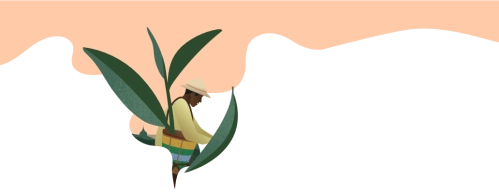
News, Promos and Occasional Surprises
That’s what you can expect when you sign up to our newsletter. And we’ll start with a welcome gift: 15% off your first purchase.
Your benefits at Tea Kulture

Free
Delivery
From €75 in BE and €100 in NL

Pickup Available
In Zonhoven and Hasselt (BE)
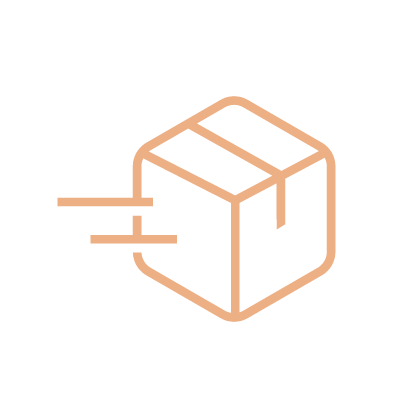
Fast
Shipping
Within 2-3 business days

Naturally Sustainable
In everything we do

Secure Payment
Multiple payment options

Free Delivery
From €75 in BE – €100 in NL

Pickup Available
In Zonhoven and Hasselt (BE)

Fast Shipping
Within 2-3 business days

Naturally Sustainable
In everything we do

Secure Payment
Multiple payment options


